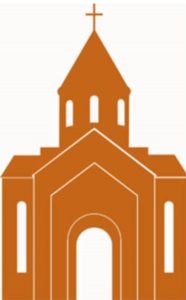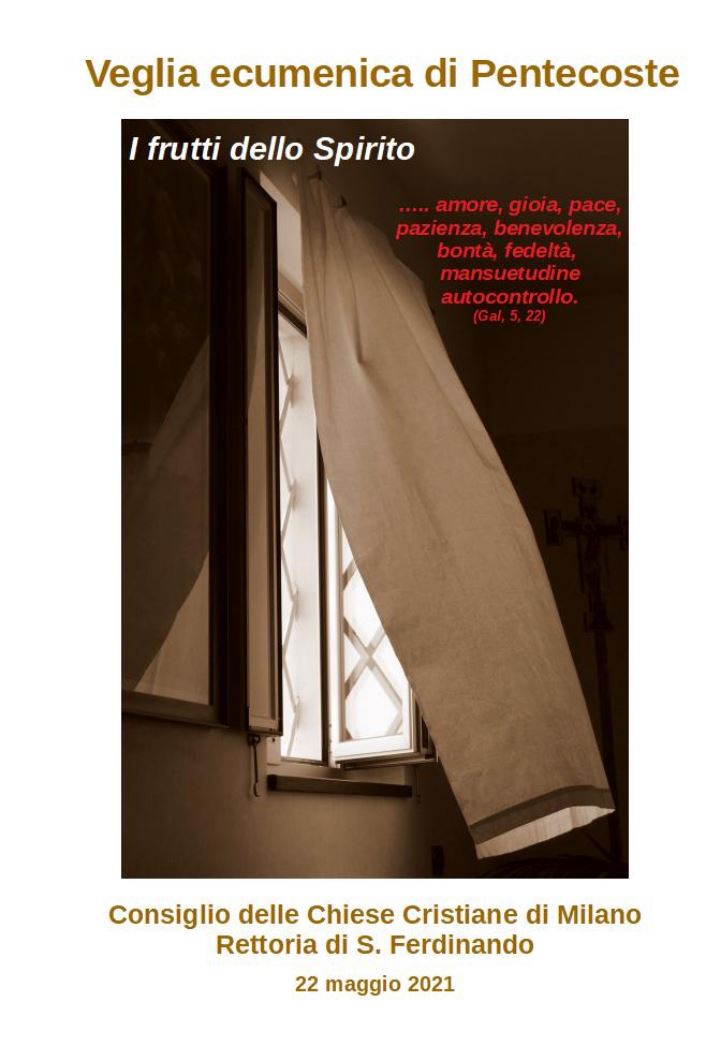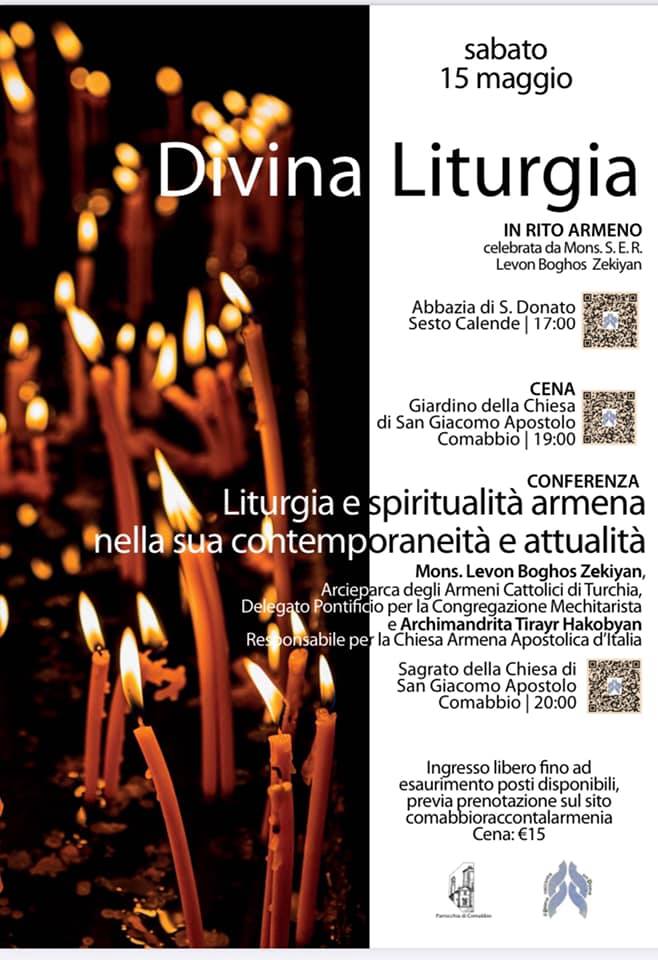
The parish of the Armenian Apostolic Church of Italy was founded in 1955 with the center in Milan, at the church of the Holy Forty Martyrs (S. Qarasun Mankunq). The first settlements of Armenians in Italy appear in Roman times. While the first information on the medieval era dates back to the VI-VII centuries. The churches built by the Armenians are already remembered in the 12th century. From the beginning of the 14th century, the ecclesiastical title “Episcope of the Armenians of Italy” is mentioned. In the XIII-XIV centuries more than 40 Armenian churches and monasteries were known, subordinate to the Armenian Apostolic Church, in various areas of Italy, with greater concentration in Venice, Trieste, Ravenna, Genoa, Rome and Naples. The Armenian communities in Italy had as spiritual pastors, priests and archimandrite, but also bishops and archbishops, as dioceses or minor religious community entities. Hospitals operated in churches, Armenian houses where Armenians were treated, and merchants could stay. The Armenian church of St. Gregory the Illuminator still worked in Naples in the 10th century. The saint was considered the protector of Naples and his feast was celebrated. Its relics are found in the church of San Gregorio known as Armeno. Part of the relics were delivered to Catholicos of all Armenians, Garegin B Nersisyan on the occasion of his visit to the Vatican (11/11/2000) and are kept in the gavit of the cathedral of St. Gregory Illuminator in Yerevan. In Naples the church of the Holy Spirit is mentioned (Surb Hoghi) (1328). While the S.Hakob church was built in Rome in the 11th century, the Armenian church of S.Barsegh existed in Milan in the same century. In the period 1342-1650 the Barseghyan religious congregation was active. In 1320 a monastery was founded in Pisa, which, according to a funeral inscription, had belonged to the Armenians for over a hundred years. In this monastery manuscripts were copied which are now found in the National Library of Vienna and in the Ambrosian Library of Milan. In 1307 in Genoa the Armenians built the convent and the church of S. Bartolomeo, which survived until 1650. The Armenian monastery and the church of S. Giovanni Battista are mentioned in Venice. Instead, the construction of the church of Santa Croce (Surb Khach) dates back to 1434 and from the 18th century. belongs to the Mechitarist congregation. At the end of the fourteenth century. because of the persecutions at the time of the inquisition and the forced conversion to Catholicism, Armenian ecclesiastical institutions have come under the rule of local ecclesiastical institutions.
The current community of the Armenian Apostolic Church in Italy was founded in the early 1900s by Armenians immigrants from Turkey and other Near Eastern countries who settled in northern Italy, Milan and other small and large cities. The first parish priest was ordained the pastor Elise Parsamian (1924-1937). After his death, the Armenian community for a decade and a half had guest pastors, invited from Paris, Marseille, Vienna. On the eve of the Second World War, the Union of Armenians of Italy was founded, whose statute was ratified by the Italian government. At the beginning of the 1950s, religious celebrations took place at the Anglican Church of All Saints in Milan. In 1995 the Italian authorities with the presidential decree recognized the community of believers of the Armenian Apostolic Church and gave an official permit for the construction of an Armenian church. Currently the only functioning Armenian apostolic church is the Church of the Holy Forty Martyrs of Milan, built in 1957 (architects R. Iisraelian, P. Surian), and consecrated in 1958. The first pastor was the bishop Mons. Zgon Ter-Hakobyan, the member of the congregation of S. Hakobyants (1955-75). From 2018 and up to now he is Father Tirayr Hakobyan.



